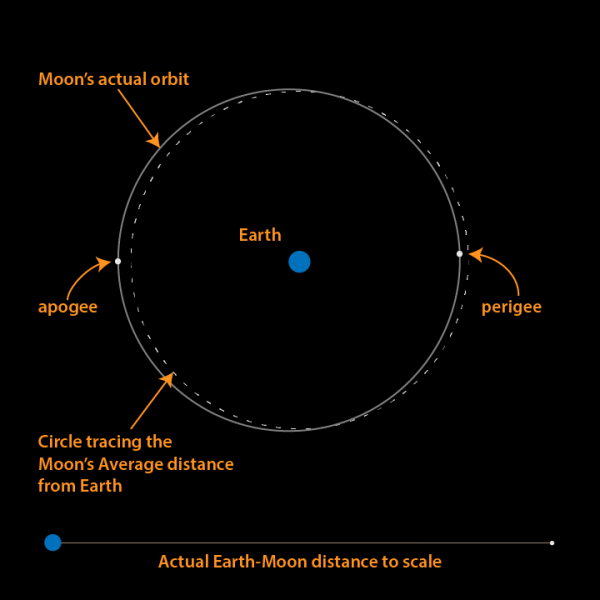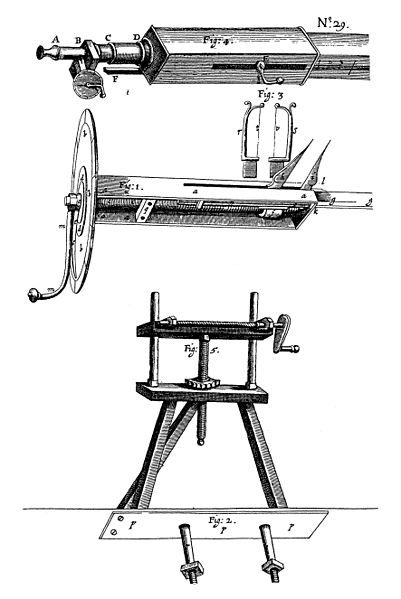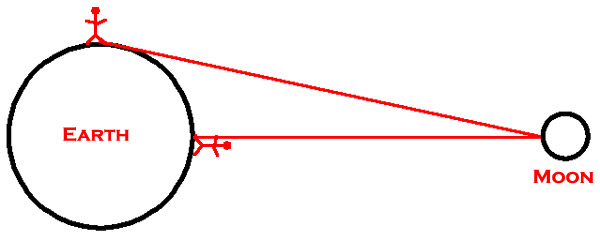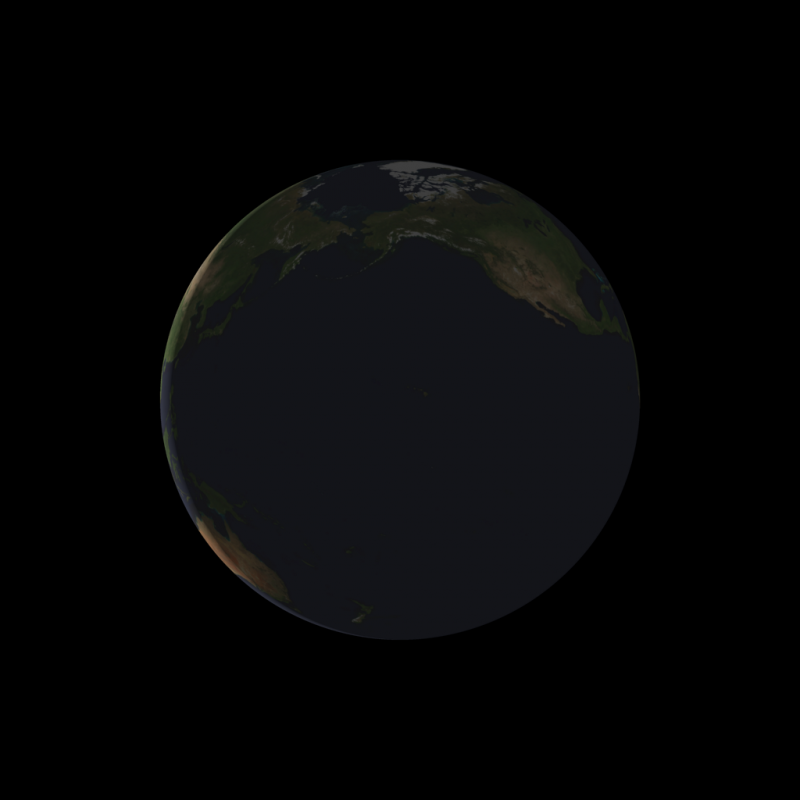
Above: Andy Bentley captured last night’s waxing moon (January 21, 2018; moon ~21.7% illuminated) through a misty sky.
Tonight – January 22, 2018 – the moon exhibits a rather wide crescent phase in the evening sky. It’s now waxing toward a Blue Moon – the second of two full moons in one calendar month – on January 31, 2018. What’s more, this Blue Moon will be a supermoon, or generally closest to Earth for the month. And it’ll stage a total lunar eclipse.
Blue Moon is just a name. You can read about the total lunar eclipse here. So let’s talk about the supermoon. As tonight’s moon waxes toward full, it’ll be approaching lunar perigee – its closest point to Earth for this orbit.
Perigee usually comes once a month, but, as it happens, this lunar perigee – on January 30 – is the second one this month. So this upcoming full moon is the second of two full moon supermoons in January 2018. The first January 2018 supermoon was the year’s closest.

So … each night this upcoming week will find the moon closer to Earth than on the night before. We give the moon’s distance for the upcoming week, as measured between the centers of the moon and Earth, at 0 hours Universal Time (or at 6 p.m on the previous date Central Standard Time):
Jan. 23, 2018: 241,003 miles (387,857 km)
Jan. 24, 2018: 238,058 miles (383,118 km)
Jan. 25, 2018: 234,913 miles (378,056 km)
Jan. 26, 2018: 231,719 miles (372,916 km)
Jan. 27, 2018: 228,668 miles (368,038 km)
Jan. 28, 2018: 226,077 miles (363,835 km)
Jan. 29, 2018: 224,156 miles (360,744 km)
Jan. 30, 2018: 223,164 miles (359,149 km)
Although the moon gradually gets closer to Earth day by day this week, it’s doubtful that many people will discern a larger lunar angular diameter from night to night with the eye alone.
However, ancient astronomers were well aware of the moon’s changing distance from Earth. They used a special instrument called a diopter to measure the angular diameter of the moon.

In more recent times, the invention of the telescope micrometer by William Gascoigne (1612-1644) enabled astronomers to measure the moon’s angular diameter with greater precision.

And, of course, nowadays we’ve actually traveled to the moon. Apollo astronauts left laser reflectors on the moon, which help provide the moon’s day-to-day distance with stunning accuracy.

Keep in mind that even if the moon’s distance (as measured between the centers of the moon and Earth) remained constant, its distance from where you reside on the Earth’s surface would change from moonrise to moonset. The moon would be farthest away from you at moonrise and moonset, and closest to you when the moon transits your meridian, that is, climbs highest overhead.
If you think about it, you might realize the moon would be closest to Earth at the point where the moon is at zenith – or straight overhead.

The moon swings to lunar perigee on January 30, 2018, at 9:54 Universal Time. At this juncture, the moon will be pretty much at zenith over the Hawaiian Islands (where it’ll be January 29, 2018, at 11:54 p.m. HST).
Meanwhile, as seen from Colombia, South America – where it’ll be January 30, 2018, at 4:54 a.m. – the moon at lunar perigee will be low in the western sky and close to setting.

In other words, when the moon reaches perigee on January 30, 2018, at 9:54 Universal Time, it will be closer to the Hawaiian Islands than at any locality in Colombia.
So, if you wish to measure the moon’s angular diameter day by day, you might want to wait until the moon transits your local meridian.
The U.S. Naval Observatory provides lunar transit times for your sky.
Bottom line: The moon is getting closer to Earth, day by day, this week as it waxes toward the super Blue Moon eclipse on January 31, 2018. A word about measuring the moon’s changing distance from Earth, here.











